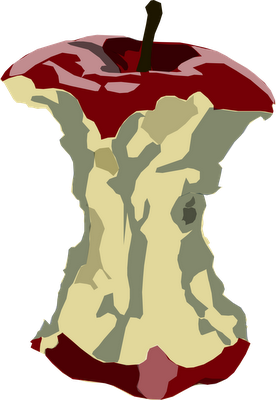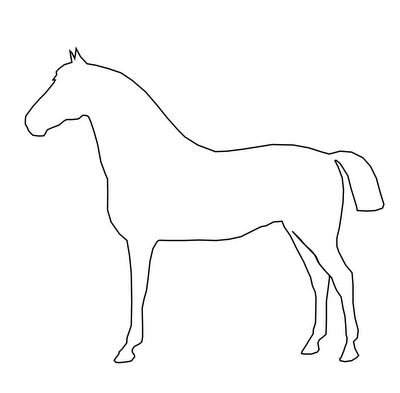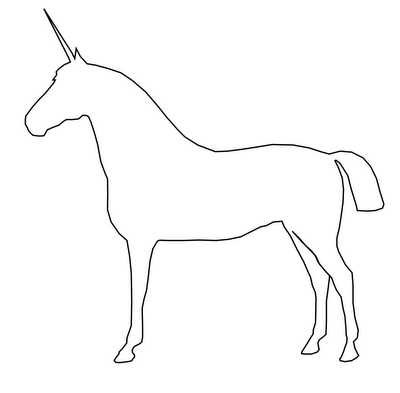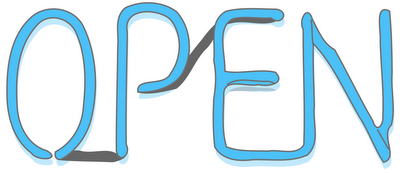Almost a year ago, after Libre Graphics Meeting 2009, I started writing a blog post. It was meant to be a link to the video of my talk, as well as a post-mortem, detailing the thoughts provoked in me by LGM 2009. For some reason, I never finished the post. It's been sitting in my drafts folder for a year, waiting. Not knowing now exactly what I was thinking then, I can't finish it. But with LGM 2010 coming up quickly, I figured I should finally post this, before I try to write another post-mortem in a few weeks. So below, the post that was going to be called "A talk and a post-mortem."
I'm excited. I'm excited because exciting things are happening. I gave a talk last week at the Libre Graphics Meeting about the relationship between designers and Open Source (you can view a video of the talk here). What's really exciting is the response generated by that talk. As it turns out, developers are just as interested as I am in how their programs are used and why they aren't. With that in mind, I figured I'd do a rundown of my thoughts regarding some of the issues raised by the talk.
If we make it perfect, people will use it. This is a problematic assumption. It assumes that people can tell when they see a superior product. I wish this were the case. It also assumes that people will magically know that the superior product exists. Again, not a safe assumption. The analogy that I've been using to describe the issue is this: You've invented a zero emission water powered car. Instead of advertising, you park the car in front of your house and hope people driving past will see it. Even though you've created a product that is technically superior and could even solve a huge problem, very few people will find out, because you're not telling them loudly enough. This brings me to marketing.
In the minds of many, marketing is a very bad word. It connotes shifty, profit driven companies selling us things we don't need. But that doesn't need to be the case. As long as the Open Source world views marketing as something other people do, it will be. It doesn't need to be expensive, either. Open Source has done an amazing job of harnessing the power of programmers. If we could do the same with the creatives who make normal marketing work, we'd find ourselves with the resources we need to carry out beautiful, clever, cheap promotional initiatives. We just need to view it as a grassroots activity.
Grassroots is the third problem. In the same way that we view marketing as a bad word, we have a terrible idea of activism. We view it too much as a destructive, futile activity. As with marketing, it doesn't need to be that way. We know that adoption breeds adoption. And yes, the easiest way to get buzz for something is to get a big name talking about it. But we'll never get that break if we don't firs
I'm excited. I'm excited because exciting things are happening. I gave a talk last week at the Libre Graphics Meeting about the relationship between designers and Open Source (you can view a video of the talk here). What's really exciting is the response generated by that talk. As it turns out, developers are just as interested as I am in how their programs are used and why they aren't. With that in mind, I figured I'd do a rundown of my thoughts regarding some of the issues raised by the talk.
If we make it perfect, people will use it. This is a problematic assumption. It assumes that people can tell when they see a superior product. I wish this were the case. It also assumes that people will magically know that the superior product exists. Again, not a safe assumption. The analogy that I've been using to describe the issue is this: You've invented a zero emission water powered car. Instead of advertising, you park the car in front of your house and hope people driving past will see it. Even though you've created a product that is technically superior and could even solve a huge problem, very few people will find out, because you're not telling them loudly enough. This brings me to marketing.
In the minds of many, marketing is a very bad word. It connotes shifty, profit driven companies selling us things we don't need. But that doesn't need to be the case. As long as the Open Source world views marketing as something other people do, it will be. It doesn't need to be expensive, either. Open Source has done an amazing job of harnessing the power of programmers. If we could do the same with the creatives who make normal marketing work, we'd find ourselves with the resources we need to carry out beautiful, clever, cheap promotional initiatives. We just need to view it as a grassroots activity.
Grassroots is the third problem. In the same way that we view marketing as a bad word, we have a terrible idea of activism. We view it too much as a destructive, futile activity. As with marketing, it doesn't need to be that way. We know that adoption breeds adoption. And yes, the easiest way to get buzz for something is to get a big name talking about it. But we'll never get that break if we don't firs
![Reblog this post [with Zemanta]](http://img.zemanta.com/reblog_e.png?x-id=7a994660-ed6f-4e09-8301-056d10c3c05a)








